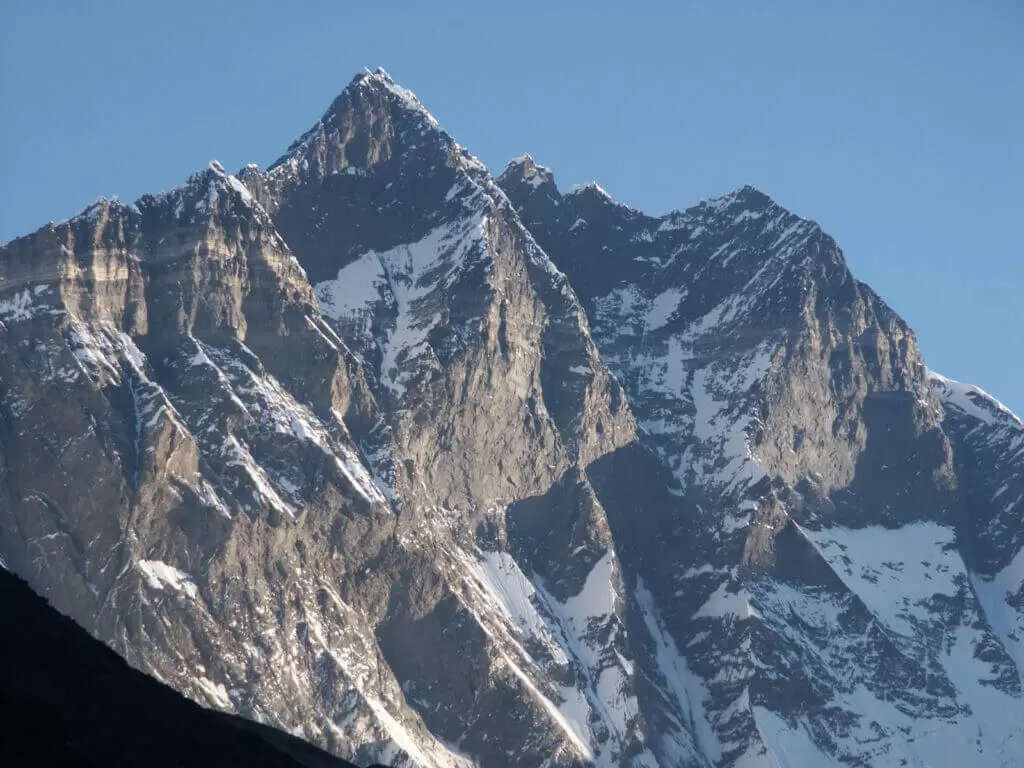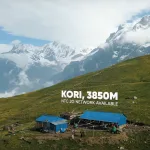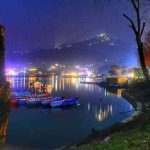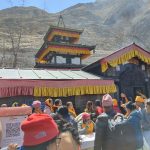Physical Address
304 North Cardinal St.
Dorchester Center, MA 02124

Lhotse, the fourth highest mountain in the world, stands as a formidable guardian of the Khumbu region in Nepal. This majestic peak, with an elevation of 8,516 meters (27,940 feet), is renowned for its close proximity to Mount Everest and its challenging climbing routes. In this complete guide, we will delve into the rich history, geographical significance, and climbing adventures associated with Lhotse. Whether you are a mountaineer, a trekking enthusiast, or simply someone intrigued by the wonders of the Himalayas, we will provide you with a detailed understanding of Lhotse.
The history of Lhotse is intertwined with that of Everest, as early expeditions often aimed to conquer both peaks. The first successful ascent of Lhotse was achieved on May 18, 1956, by a Swiss team consisting of Ernst Reiss and Fritz Luchsinger. Their successful climb marked a significant milestone in Himalayan mountaineering and opened new avenues for climbers seeking to conquer the world’s highest peaks.
Lhotse is located in the Mahalangur range of the Himalayas, which is home to several of the world’s highest peaks, including Everest, Nuptse, and Makalu. The mountain’s coordinates are approximately 27.9617° N latitude and 86.9330° E longitude. The region is characterize by its rugged terrain, glacial landscapes, and breathtaking view, making it a popular destination for trekkers and climbers alike.
Climbing Lhotse is no small feat, and the mountain presents numerous challenges to even the most experienced climbers. The most common route to the summit follows the same path as the South Col route on Everest up to the Yellow Band, after which climbers veer off towards the Lhotse Face. The Lhotse Face is a steep, icy wall that requires technical climbing skills and poses significant risks due to avalanches and crevasses.
Despite the harsh conditions, the region around Lhotse is home to a variety of unique flora and fauna. At lower elevations, trekkers can find lush rhododendron forests, juniper shrubs, and a range of alpine plants. As you ascend, the vegetation becomes sparser, giving way to hardy mosses and lichens that can withstand the extreme conditions.
The wildlife in the region includes snow leopards, Himalayan tahrs, and various bird species such as the Himalayan monal and snow pigeons. These animals have adapted to the high-altitude environment, and sightings are a rare but treasured experience for those trekking in the area.
The Khumbu region, where Lhotse is located, is deeply embedded in the cultural and spiritual traditions of the Sherpa people. The Sherpas, known for their mountaineering expertise, consider the mountains sacred. Many of their customs and rituals are intertwine with their reverence for these majestic peaks. Visitors to the region can experience the warm hospitality of the Sherpas and learn about their rich cultural heritage.
pre-monsoon (spring) and post-monsoon (autumn): The optimal time to visit Lhotse and the surrounding region is during this seasons. These periods offer more stable weather conditions, making it safer for trekking and climbing activities.
The spring season, from April to May, is particularly popular among climbers due to the relatively mild temperatures and clearer skies.
For those who may not be ready to tackle the summit but still wish to experience the grandeur of Lhotse, trekking to the base camp is an excellent alternative. The trek to Lhotse Base Camp follows the same route as the Everest Base Camp trek up to Dingboche. From there, trekkers diverge towards the Lhotse Base Camp, offering stunning views of the surrounding peaks and glaciers.
The delicate ecosystem of the Himalayas is under threat from climate change, pollution, and increased human activity. Various organizations, including the Sagarmatha Pollution Control Committee (SPCC) and the World Wildlife Fund (WWF), are working towards preserving the natural environment of the region. These efforts include waste management programs, reforestation projects, and raising awareness about sustainable trekking practices.
Planning a trip to Lhotse requires thorough preparation and careful consideration of various factors. Here are some essential tips to help you get ready for your adventure:
Lhotse, with its towering presence and challenging terrain, remains a symbol of the indomitable spirit of mountaineering. Whether you are drawn by the attraction of its peaks, the rich cultural heritage of the Sherpa people, or the breathtaking landscapes of the Khumbu region, Lhotse offers a unique and unforgettable experience. By respecting the natural environment and embracing the local culture, visitors can contribute to the preservation of this majestic mountain for future generations to admire and explore.



